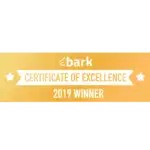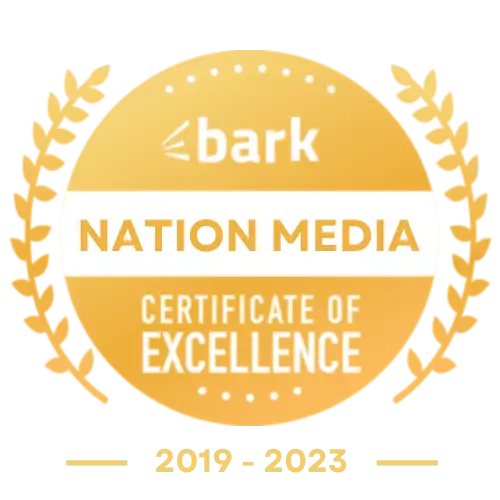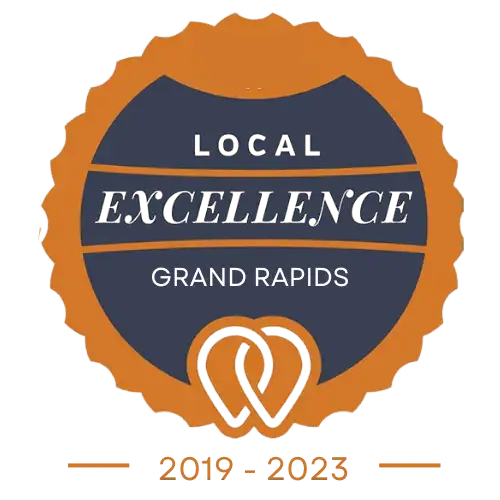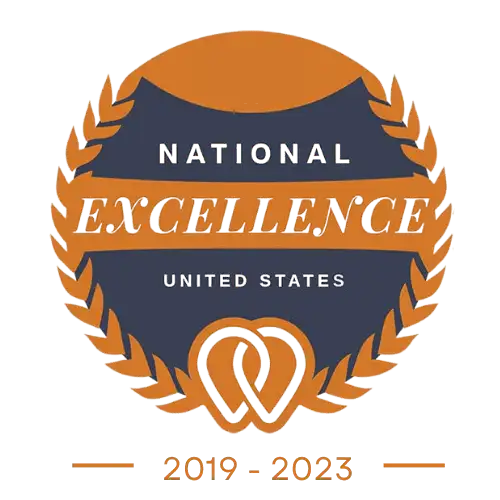Step-By-Step Guide: How Do I Create My Own Web Design
- Amber Flores
Digital Marketing Manager
What you'll learn?
Step-By-Step Guide: How To Create Your Own Web Design
Read time:
- 11 Minutes
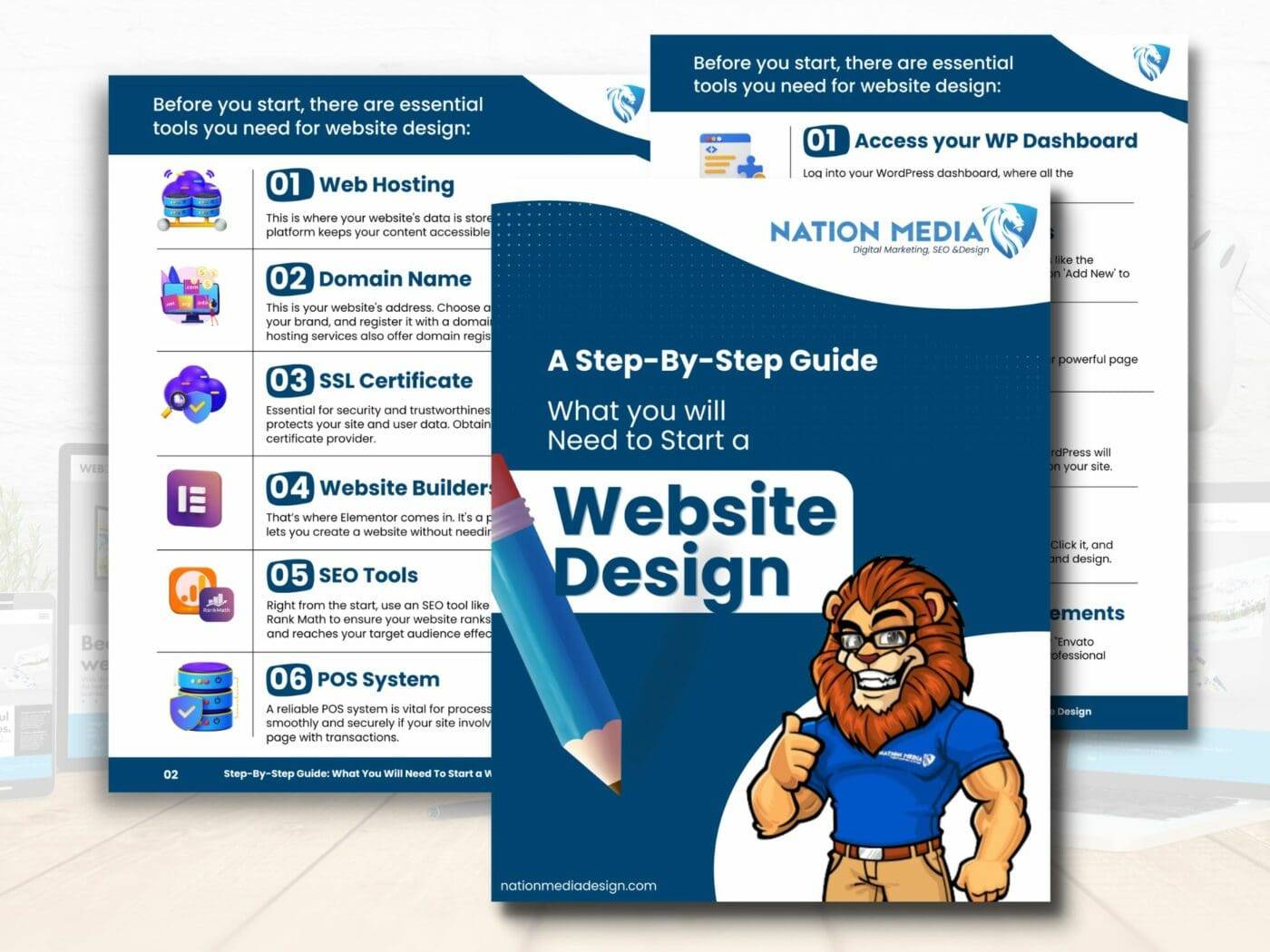
Do you want to create a unique web presence that showcases your talents, sells your products, or shares your ideas with the world? It’s never been easier to design a website, and this step-by-step guide on “how do I create my own web design” will show you how.
Whether you’re a complete beginner or a seasoned web designer, we’ve got you covered with tips and tricks to bring your vision to life.
Key Takeaways
Create your own web page design today by defining its purpose, selecting a domain name, and deciding between designing from scratch or using templates.
Research competitors, observe trends & look to award-winning websites or a professional designer
for inspiration.Choose the right tools & platform to create an amazing website that suits your needs, and optimize it for mobile devices with responsive design!
What You Will Need To Answer The Question, How Do I Create My Own Web Design?

Structuring Your Website Layout
Before you start, there are essential tools you need for website design:
Web Hosting: This is where your website’s data is stored. A hosting platform keeps your content accessible on the internet.
Domain Name: This is your website’s address. Choose a name that reflects your brand, and register it with a domain registrar. Some hosting services also offer domain registration.
SSL Certificate: Essential for security and trustworthiness, an SSL certificate protects your site and user data. Obtain it from a reliable SSL certificate provider.
Website Builders: That’s where Elementor comes in. It’s a powerful builder that lets you create a website without needing to code.
SEO Tool: Right from the start, use an SEO tool like Google Analytics or Rank Math to ensure your website ranks well in search results and reaches your target audience effectively.
POS System: If you plan on selling on your website, A reliable POS system is vital for processing payments smoothly and securely if your site involves a product or service page with transactions.
Defining Your Website's Purpose and Building It Right
Define Your Site’s Purpose: Begin by clearly defining the goals and objectives of your website, as this foundational step will inform and steer every subsequent decision you make, from design and content to functionality and user engagement strategies.
Choose Your Platform: Elementor, when combined with the versatility of WordPress and paired with a robust hosting service, emerges as an excellent choice for creating a wide array of website types, offering unparalleled flexibility, user-friendliness, and a wealth of customization options to cater to diverse web design needs.
Gather Your Brand Elements: Gather key elements such as your logo, brand colors, and fonts or web typography, along with any other visual branding assets you have; these components are crucial in establishing a consistent look and feel across your website, ensuring that every page reflects and reinforces your brand identity.
Select a Template or Theme: Explore and select from Elementor’s extensive range of professionally designed templates that best align with your website’s pages, ensuring that the layout, style, and functionality of your site effectively meet your goals and resonate with your target audience.
Map Out Your Site: Carefully plan the structure of your website creation by deciding on the essential pages you need for your own site, such as a home page, about section, and contact information, and strategize how they’ll be organized for optimal user navigation and engagement to direct users.
Design Each Site Element: Dedicate careful attention to the design of individual elements such as buttons, headers, and images, ensuring each component not only complements the overall aesthetic but also enhances the user experience through intuitive functionality and visual appeal.
Customize Your Pages: When crafting your website, tailor each page to meet your specific needs while consistently keeping in mind your site’s overall purpose and the expectations and preferences of your web users, ensuring a cohesive and user-friendly experience throughout.
Getting Started: Creating Your Own Modest Website Design
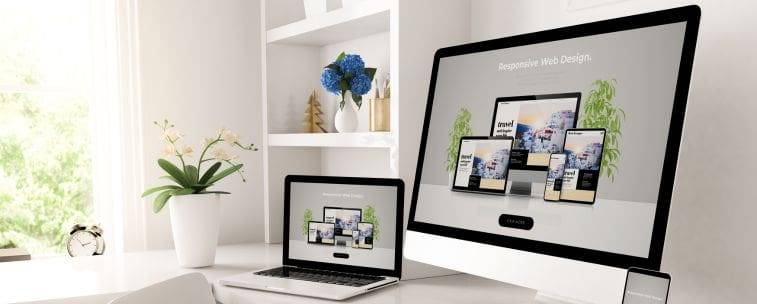
The first step in your design process is to define your website’s purpose. Is it a portfolio website, an online store, a business website, or a platform to share your thoughts and ideas? Pinpointing the purpose of your web pages, including each individual page, is the key to success in website development.
You can choose to design a website from scratch, use a pre-designed template, or even mix the two approaches. Keep in mind the selection of an appropriate domain name for your business website should be simple, unique, and accurately mirror your business.
Determining the Goal of Your Website
Uncovering the purpose of your website is a necessary step before starting the design process. Consider your target audience, unique selling point, and how you want your site to be perceived by visitors. Keep these factors in mind as you plan out your written and visual content.
For example, an engaging about page or contact page should include information on the person behind the website, social media platforms, and their business email address using a friendly yet professional tone.
Research and Gather Inspiration
To create an inspiring design, gather inspiration from various sources, such as competitor websites, design trends, and successful websites in your niche. Studying competitors and keeping track of design trends allows you to understand what’s effective in your industry and apply those lessons to your own website.
Choosing the Right Tools and Hosting provider
Once you have a clear vision of your website and design inspiration, it’s time to choose the right tools and platform for your project. There are various website builders and CMSs available, each with its own set of features and benefits.
Your choice will depend on your skill level, desired features, and the type of website you want to create. Nation Media uses Elementor, custom designs, and Envato elements for our web design services.
Website Builders for Beginners: Drag and Drop Editor
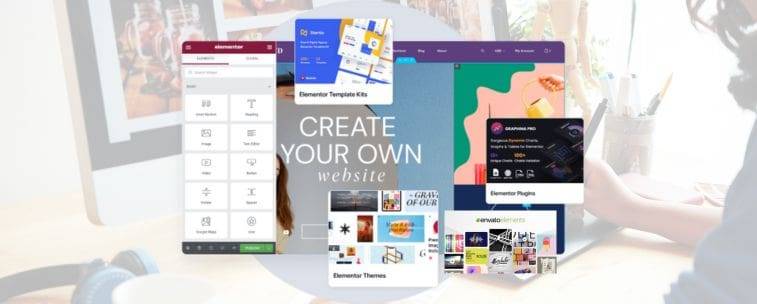
Elementor: The Builder That Brings Your Ideas to Life
Elementor has revolutionized the way people create websites. It’s intuitive, user-friendly, and perfect for those who are new to the world of website design. With Elementor, you get to enjoy a smooth, drag-and-drop interface, making the process of building your website not only easy but also enjoyable.
Unlock Creative Potential with Envato Elements
Dive into the world of Envato Elements, where limitless creativity meets unparalleled convenience! Envato Elements is a treasure trove for designers, marketers, and content creators alike. Imagine having unlimited access to a vast library of high-quality, royalty-free assets – that’s what Envato offers. From eye-catching templates for websites and social media to stunning graphics, fonts, and stock photos, it’s all there at your fingertips.
The best part? Envato Elements streamlines your creative process, saving you time and enhancing the quality of your work. It’s like having a team of professional designers at your disposal, only more affordable and accessible.
Content Management Systems for Advanced Users
A content management system (CMS) like WordPress offers greater customization options for website templates. WordPress is an excellent choice for users looking to create a wide variety of websites, including:
Blogs
eCommerce stores to sell online
Portfolio websites
Business websites
Online magazines
You need to weigh your abilities and desired features carefully when selecting the suitable tool and platform for your design project. It may be wise to consider consulting a website designer for professional guidance.
Designing Your Website's Visual Elements

Once you’ve selected your platform, you can start designing the visuals of your website. This includes selecting a color scheme, typography, and imagery that create a cohesive and appealing look. These elements should not only be visually striking but also reflect your brand’s identity and enhance the overall user experience.
Color Scheme Selection
A well-chosen color scheme can evoke emotions and create a connection with your audience. When selecting colors, consider the message you want to convey, the emotions you want to evoke, and how the colors will complement your brand identity.
There are several tools available, such as Adobe Color CC and Coolors, to help you create the perfect color palette for your website.
Typography and Font Choices
Typography has a significant role in design as it can determine the tone and personality of your website. Select fonts that are clear, legible, and in line with your brand identity to enhance readability and engagement.
There are numerous resources available, such as Google Fonts and Adobe Fonts, to help you choose the right fonts for your website.
Imagery and Multimedia
Incorporating imagery and multimedia elements into your content marketing strategy can enhance user engagement and support your website’s content. Use quality images and multimedia elements strategically to captivate your audience and bring your website’s content to life.
Be mindful not to overload your site with too many high-quality images, as this can slow down the site and make it less user-friendly.
Structuring Your Website Layout
A well-structured website layout ensures a user-friendly experience and effective content presentation. To accomplish this, focus on creating a user-friendly navigation menu and prioritizing content with a clear visual hierarchy. This will guide users through your website and highlight essential information.
Creating a User-Friendly Navigation Menu
A user-friendly navigation menu, one of the essential website elements, allows users to find and access important pages on your website easily. Keep the navigation straightforward and simple to comprehend by organizing all the tools and content logically and using obvious menu titles.
This will help provide a positive experience for your current website visitors, ultimately increasing user engagement, conversion rates, and new site visitors.
Prioritizing Content and Visual Hierarchy
Establishing a visual hierarchy in your website layout can guide users through how many pages on your website and emphasize key information. Here are some tips to help you prioritize content and make it stand out:
Emphasize the most important information by making it larger in size.
Use contrasting colors to draw attention to vital elements.
Use color and contrast to create a clear distinction between different website sections.
Use whitespace effectively to create a clean and organized layout.
Consider the placement and positioning of elements to guide users through the site.
By following these tips, you can create a visually appealing and user-friendly website. This will not only improve the user experience but also boost your website’s SEO performance.
Making Your Website Mobile-Friendly

Having a mobile-friendly website is important for reaching a wider audience. Optimizing your website for smaller screens is essential with a significant portion of internet traffic coming from online platforms with cell phones. Responsive design techniques are key, enabling your site to automatically adjust its layout to provide an optimal viewing experience on any device.
This not only enhances user convenience but also improves your site’s search engine rankings, as search engines favor mobile-friendly sites. For a website or online stores, a mobile-optimized
experience is vital for engaging users effectively and staying competitive in the ever-evolving digital landscape.
Testing and Launching Your Website
Before your website makes its big debut, it’s super important to give it a test run on a variety of devices and browsers. This helps ensure that everyone gets a smooth experience, no matter how they access your site. Think of it as a dress rehearsal! Plus, getting input from your circle – friends, colleagues, and even potential users – can give you some awesome insights.
They might spot things you’ve missed. And hey, don’t forget to double-check all your links. It’s like making sure all the doors in your new house actually open. You want everything to be just perfect when you welcome your visitors to your online home!
Monitoring and Updating Your Website
After your own website, whether it’s a personal blog, online store, or corporate site, goes live, it’s important to monitor its performance and execute necessary updates. Engaging in regular website development activities, including updating content and refining your site based on user feedback and analytics data, is key to maintaining a fresh, relevant, and engaging web presence that aligns with your brand identity. Reliable hosting plays a significant role in this process.
Utilizing website analytics tools provides invaluable insights into site visitor and user behavior. This data enables you to make informed, data-driven decisions that optimize your website, enhancing overall user experience and ensuring that your site effectively represents your brand and meets your audience’s needs.
Boosting Your Website's SEO & Site's performance

Search engine optimization (SEO) is a fundamental and crucial element of web designing that plays a pivotal role in aiding your website to achieve higher rankings in searchs, thereby driving more traffic. To effectively boost your website’s SEO, it’s essential to conduct thorough keyword research to understand what your audience is searching for.
Optimizing on-page elements such as meta tags, headers, and content with these keywords helps search engines understand and rank your site more favorably. Additionally, implementing effective linking strategies, including both internal links that guide visitors to other relevant pages on your site and external links that establish credibility, is vital.
Incorporating these strategies can significantly enhance your website’s visibility in searches, making it more likely for potential users to find and visit your site. This process not only increases traffic but also improves user engagement and can lead to higher conversion rates. Regularly updating your SEO tactics in line with evolving search engine algorithms ensures sustained visibility and relevance in the digital landscape.
Summary
Embarking on the journey of website design is both exciting and rewarding, offering a platform to showcase your talents, sell your products, or share your unique ideas globally. Throughout this guide, you’ve gained insights into defining your site’s purpose, infusing your website’s design with creativity, and selecting the right tools and platforms.
You’ve learned the importance of structuring your layout with the help of professional designers, keeping your content up to date, and mastering web development techniques. Your journey has covered optimizing pages for mobile users, leveraging internal links, and enriching your site with multiple articles.
As you progress, remember the value of graphic designers and the best website builders in enhancing your site’s visual appeal, addressing visitors effectively, and improving your position in search engine results.
Now is the moment to apply these skills and forge an online presence with your website that authentically embodies your brand and resonates with your audience, marking your unique spot in the online business world.
Table of contents
FAQs
Starting your web design journey is an exciting venture! First, define the purpose of your website – is it a blog, an online store, or a portfolio? Then, choose a domain name that reflects your brand's identity. After securing a web hosting service, you can begin to layout your website's structure. Consider using a website builder like Elementor, which offers a user-friendly drag-and-drop interface, to help bring your vision to life without needing to learn to code.
To craft a stunning website, you'll need a few key tools: a web hosting service to make your site accessible online, a domain name that serves as your web address, and an SSL certificate for website security. For the design process, a website builder like Elementor or WordPress can be incredibly helpful. Additionally, SEO tools are essential for ensuring your website is easily discoverable by search engines.
Absolutely! With the rise of intuitive website builders and platforms that offer pre-designed templates, you can create a professional-looking website without writing a single line of code. Tools like Elementor provide you with a visual editor that allows you to drag and drop elements onto your pages, making web design as easy as piecing together a puzzle.
A mobile-friendly design is essential in today's smartphone-centric world. To ensure your website looks great on all devices, use responsive design techniques. This means your website will automatically adjust to fit the screen size of the device it’s being viewed on. Test your design on various devices and browsers, and consider using a mobile-first approach to design, where you start with how the site will look on mobile devices and then scale up for larger screens.

Call 616-888-5050 or contact us online today for a free evaluation!
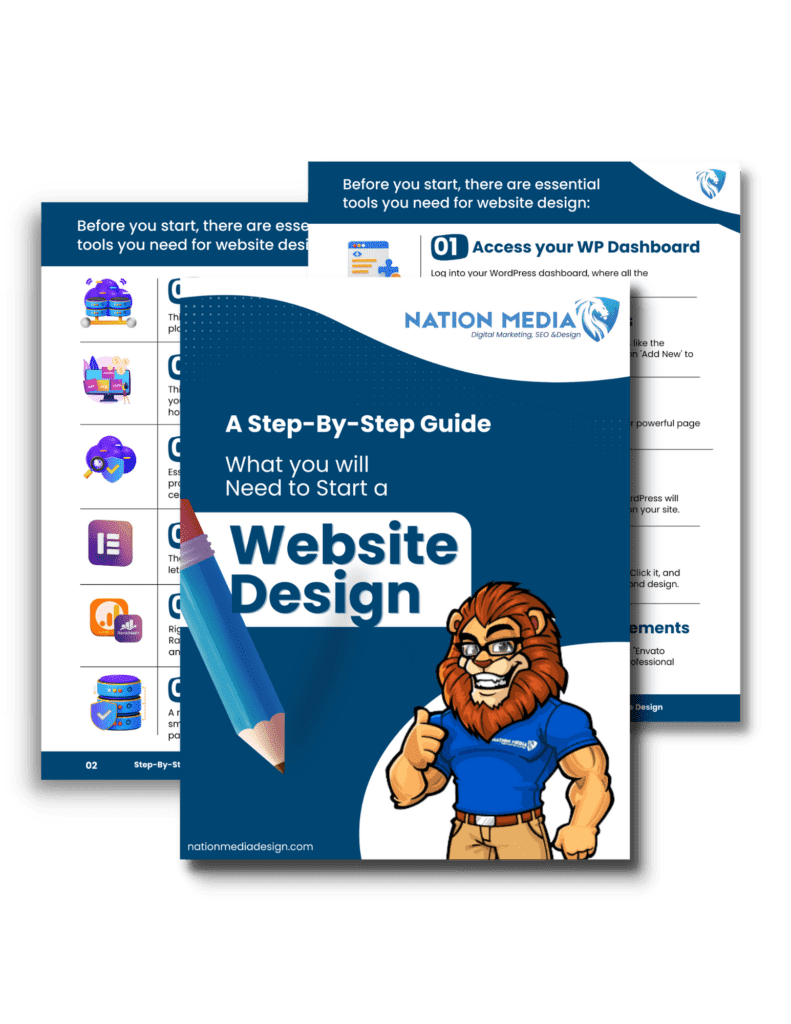
Crafting Your Website with Elementor: A Thorough Guide for Beginners
With Elementor and these detailed optimization strategies, you’re well-equipped to create a successful and engaging website. It’s a journey filled with learning and creativity. And remember, with Nation Media’s support, you’re never alone in this endeavor. Start building your digital presence today and see where your creativity takes you!
